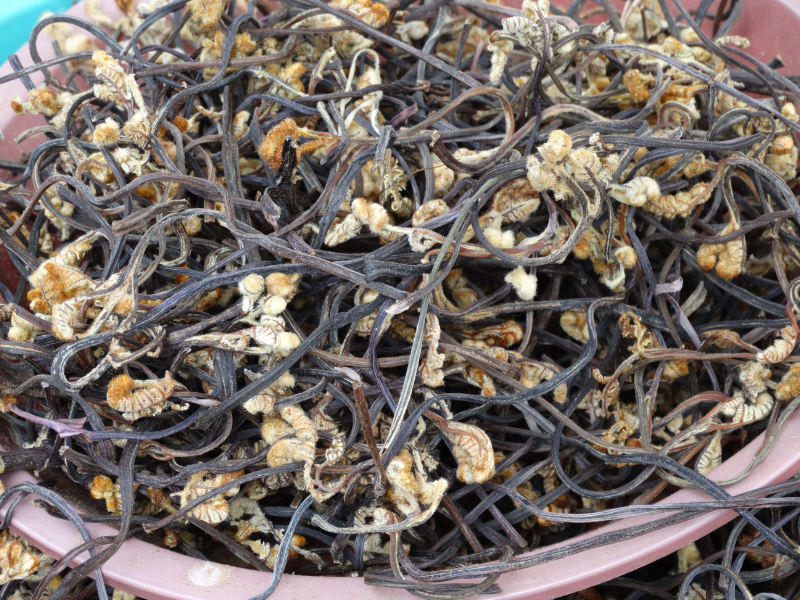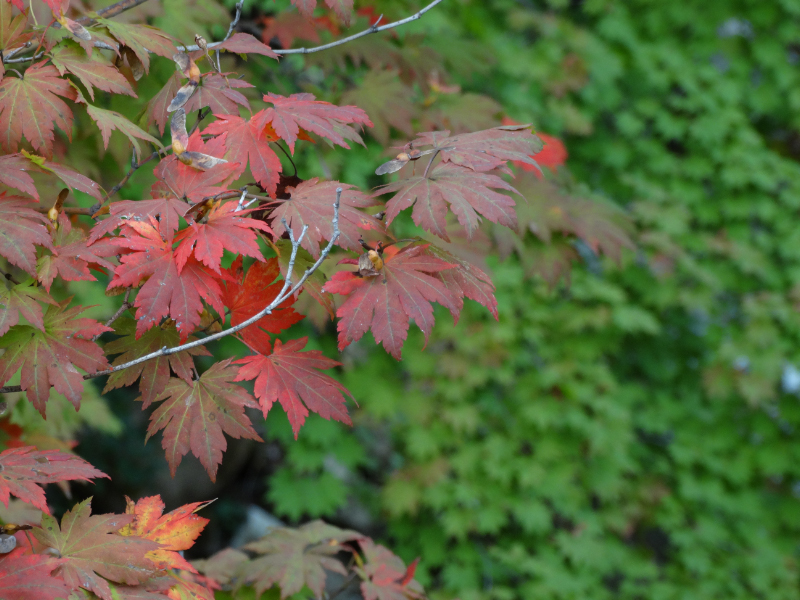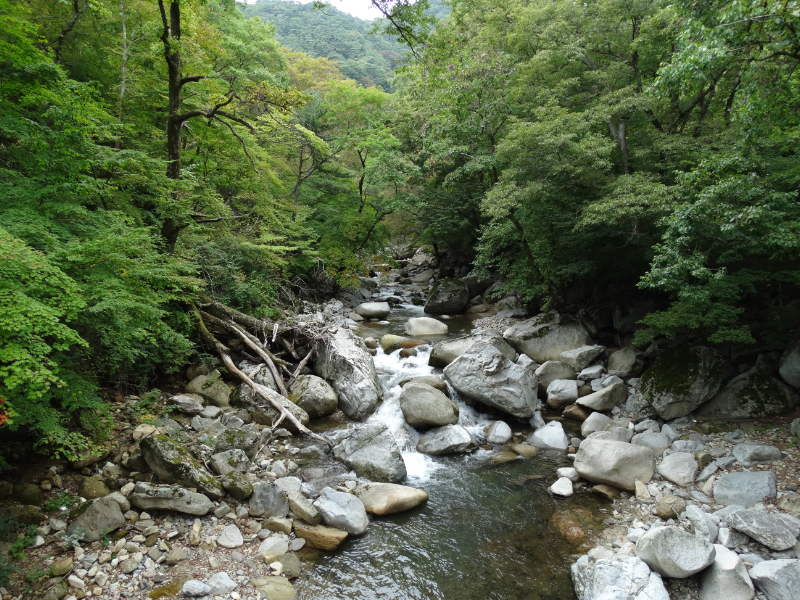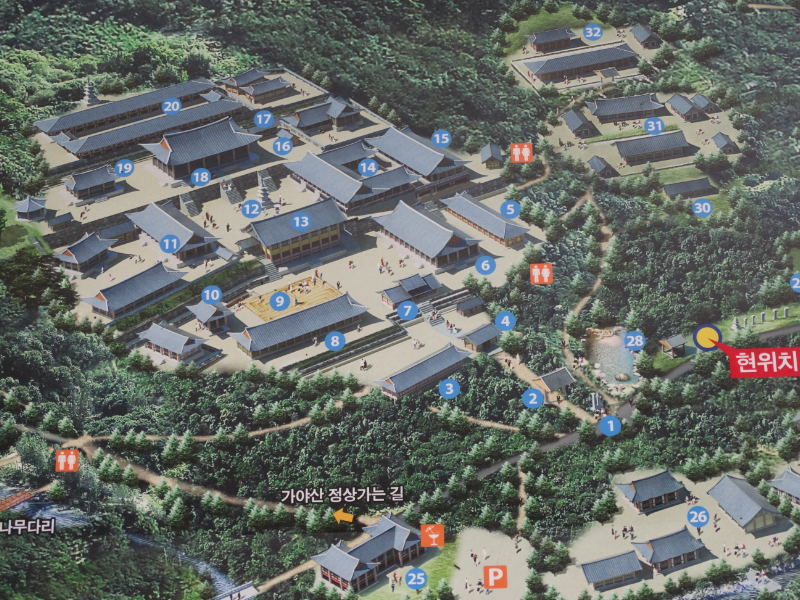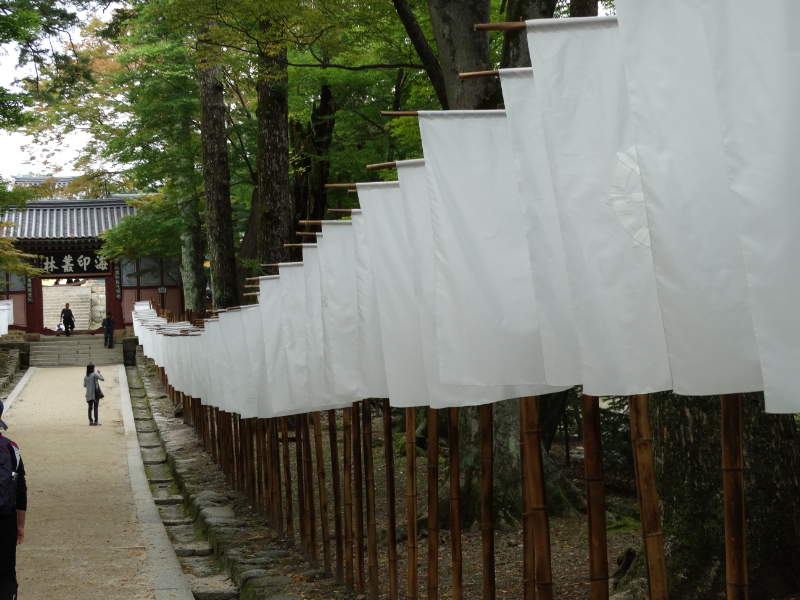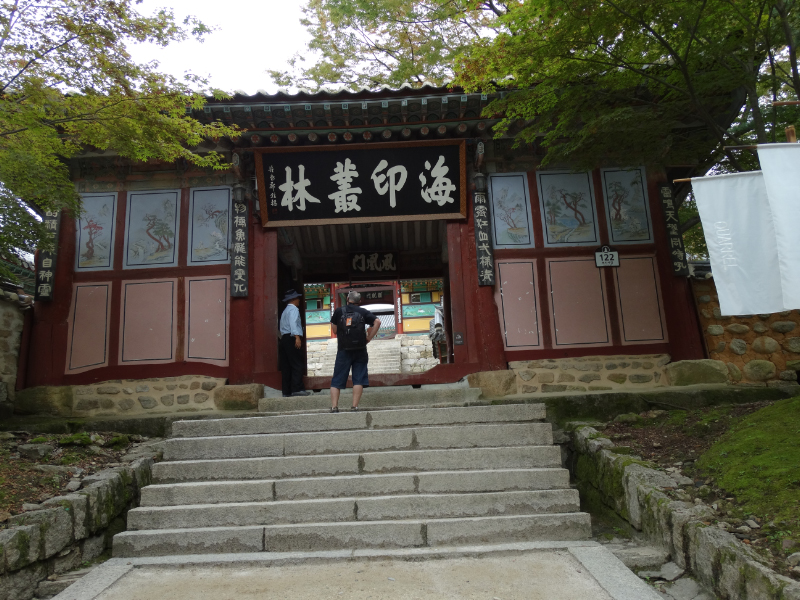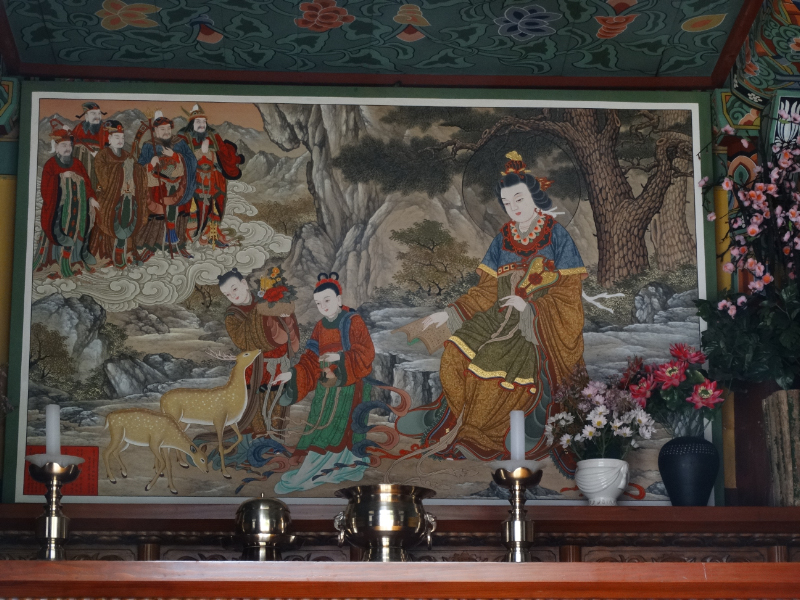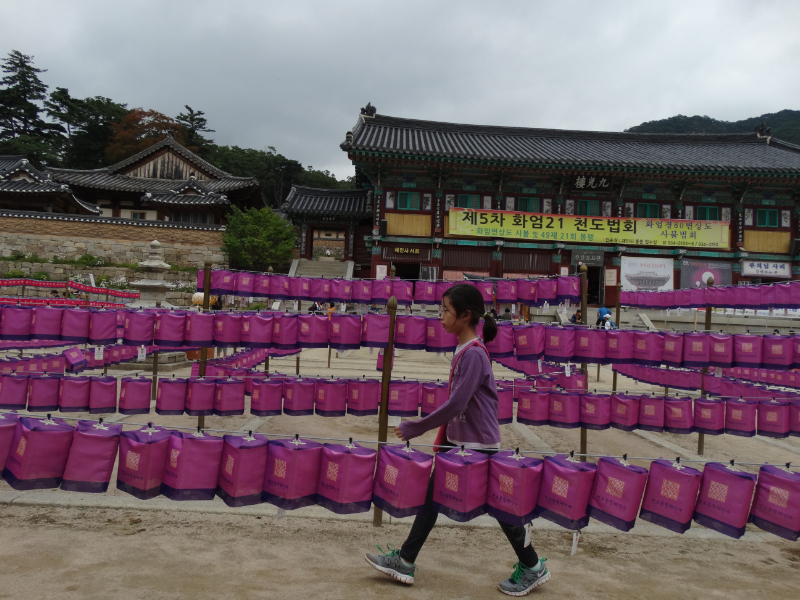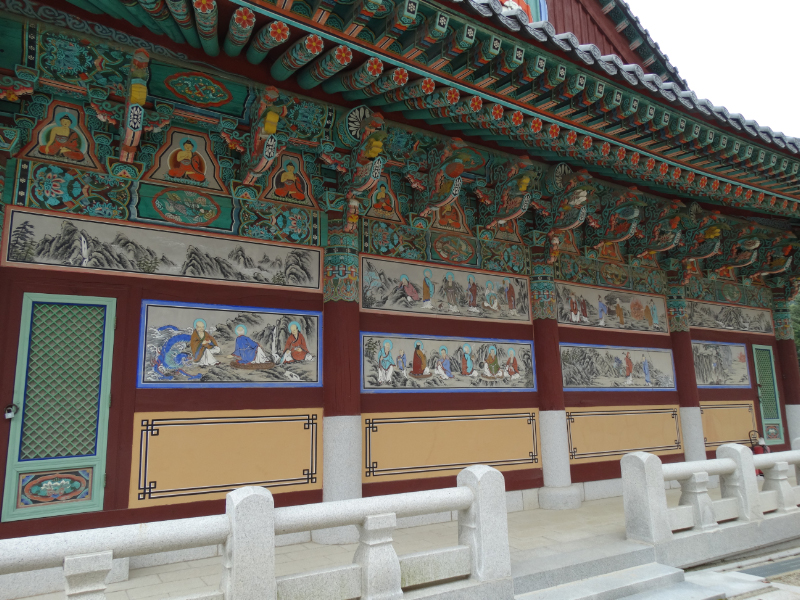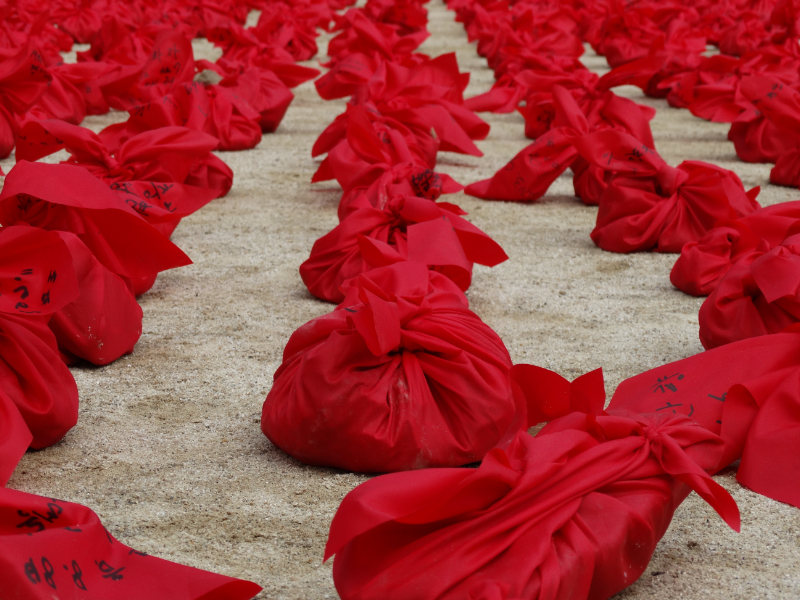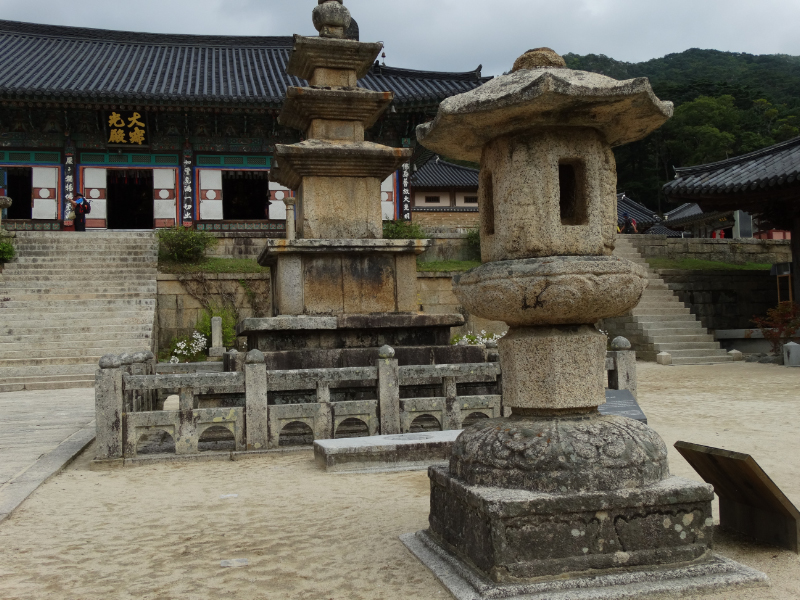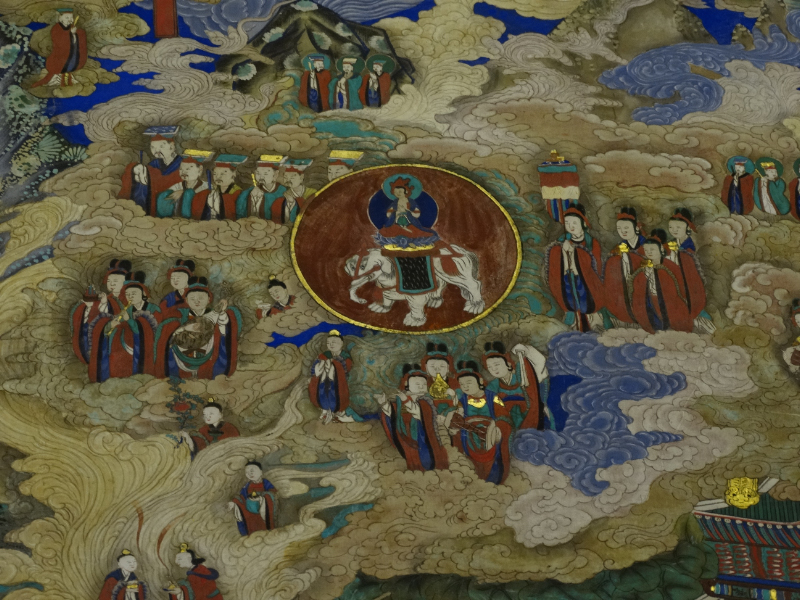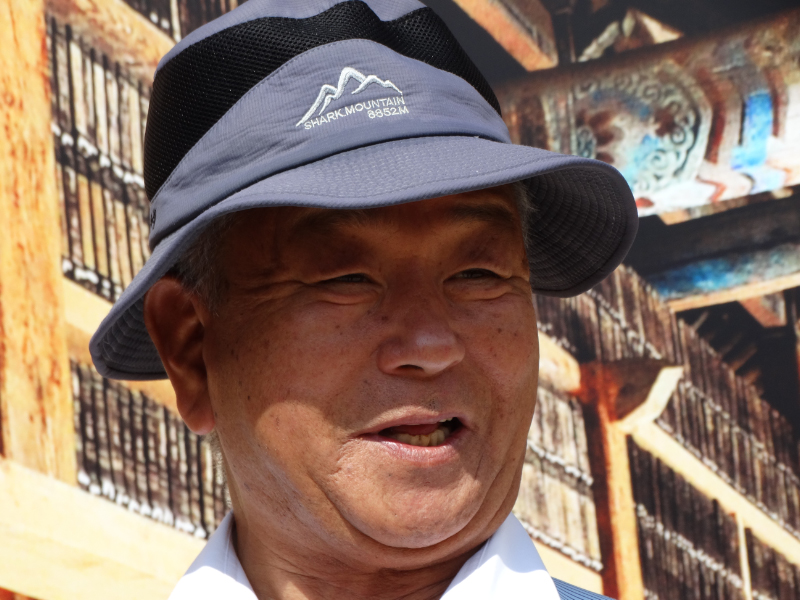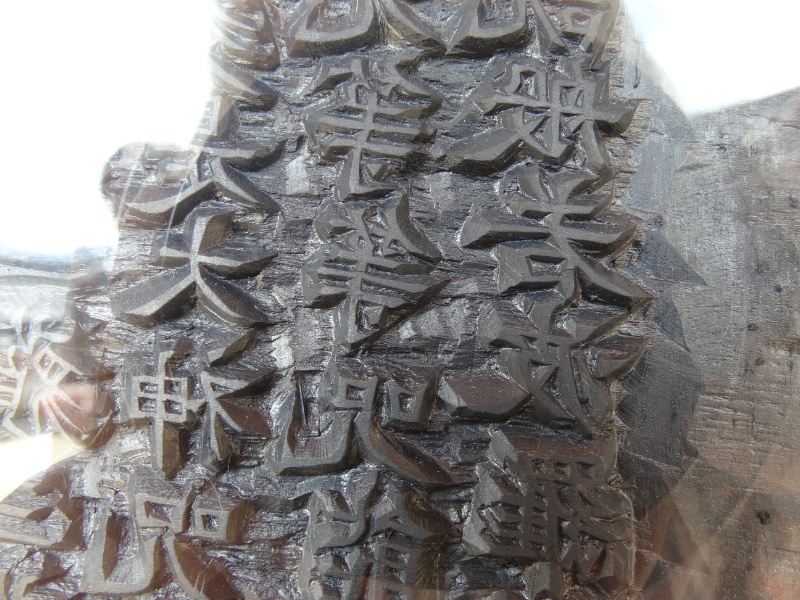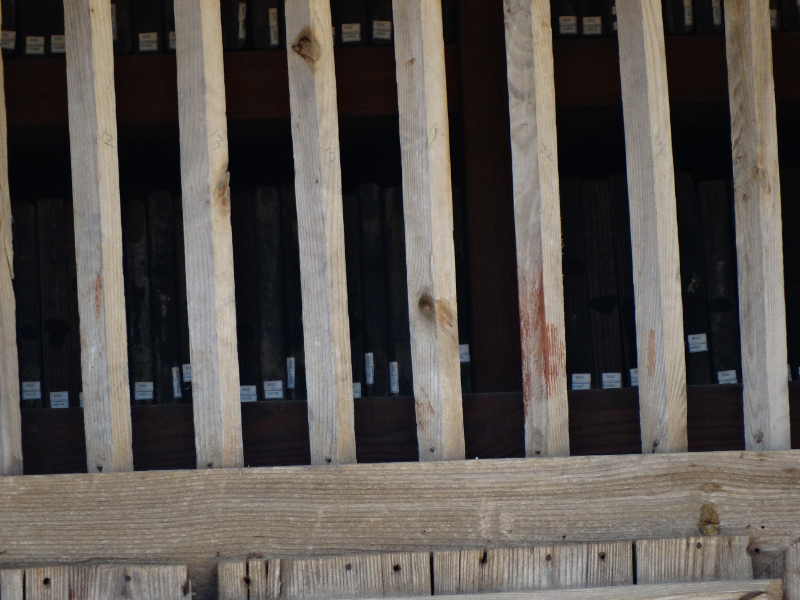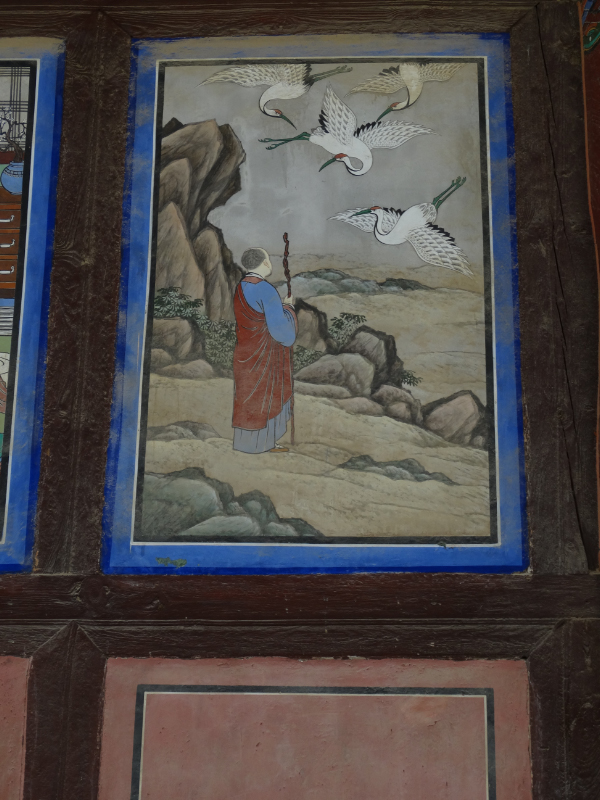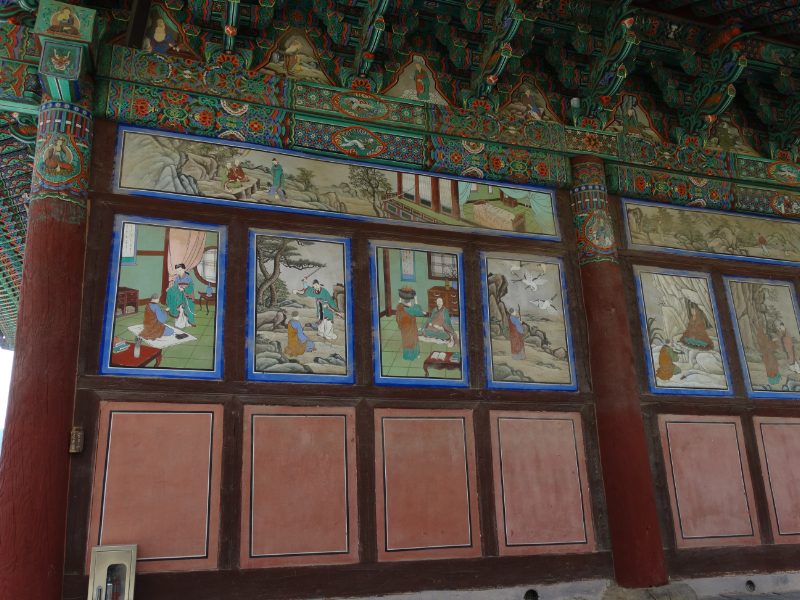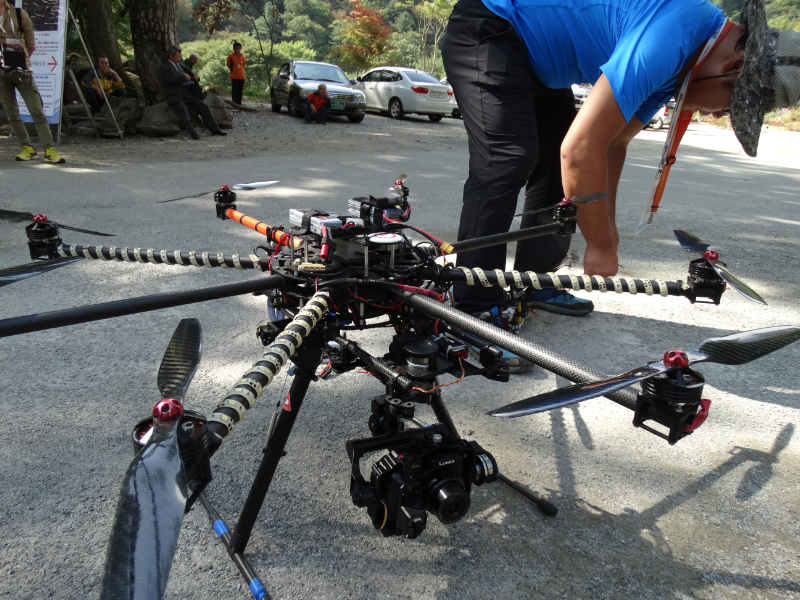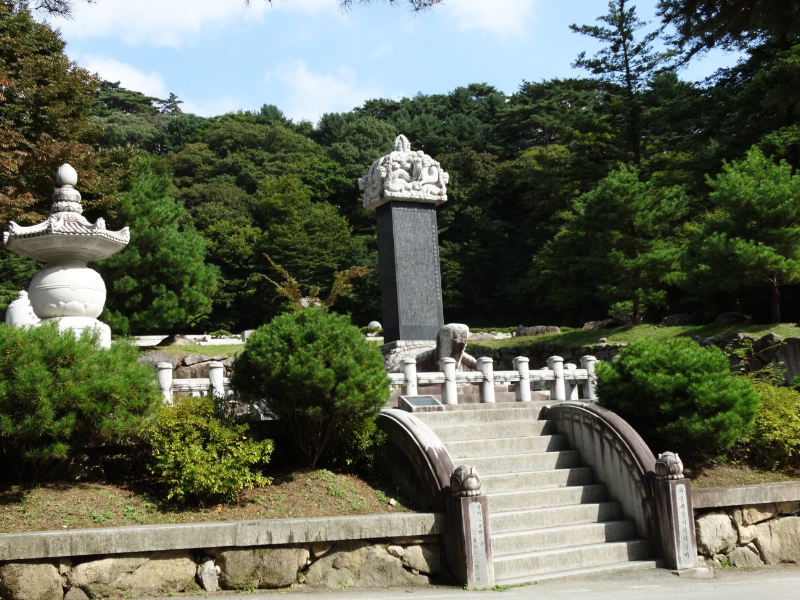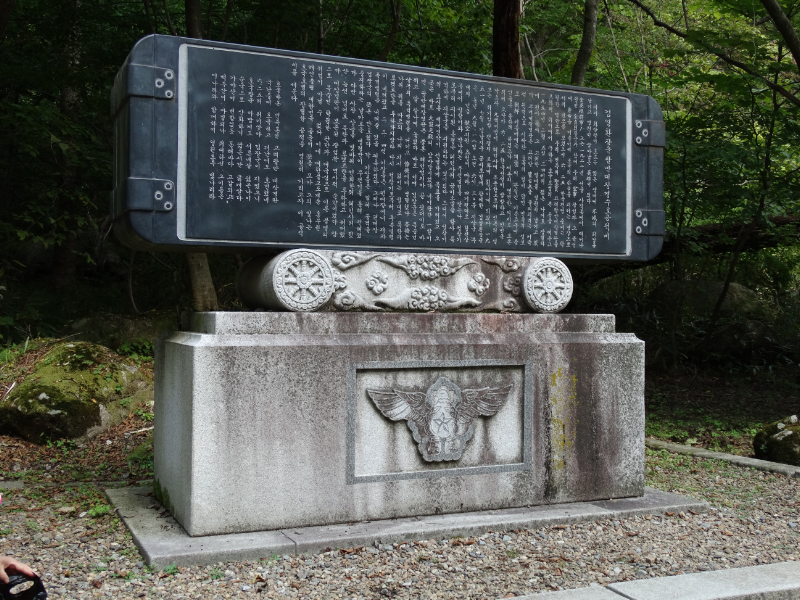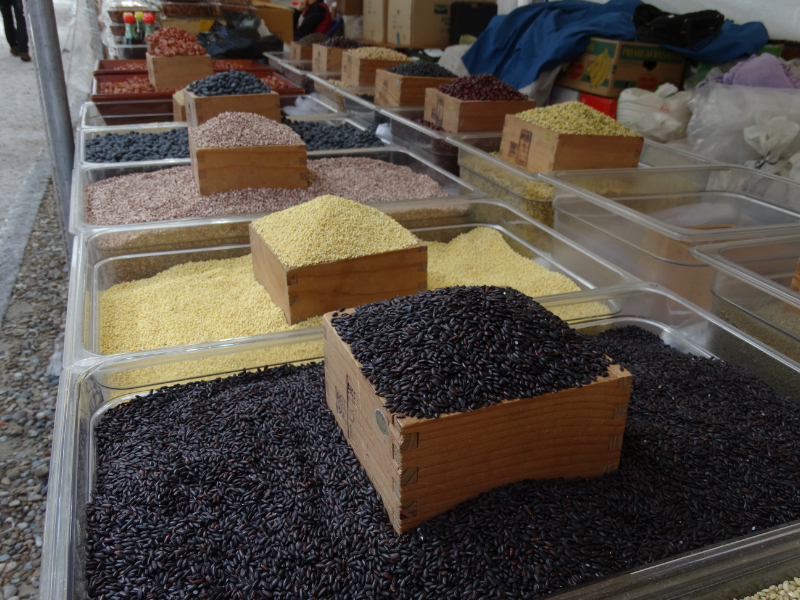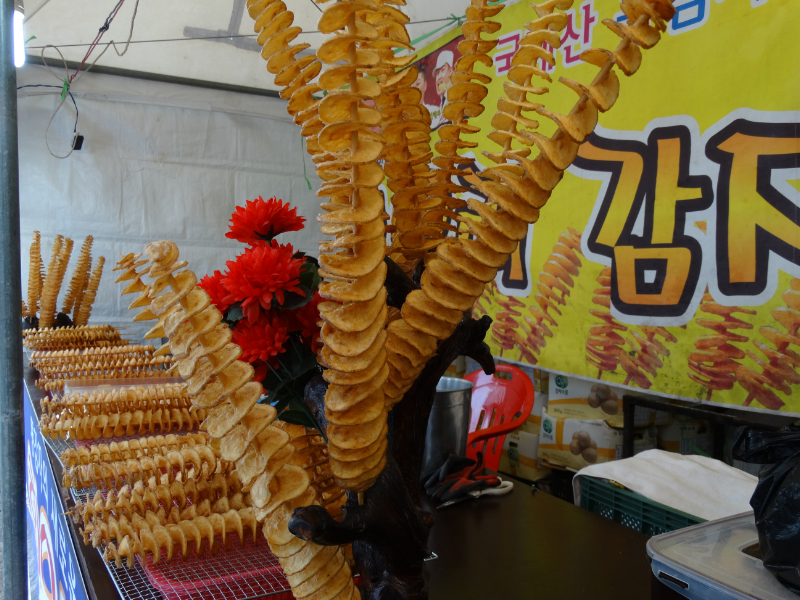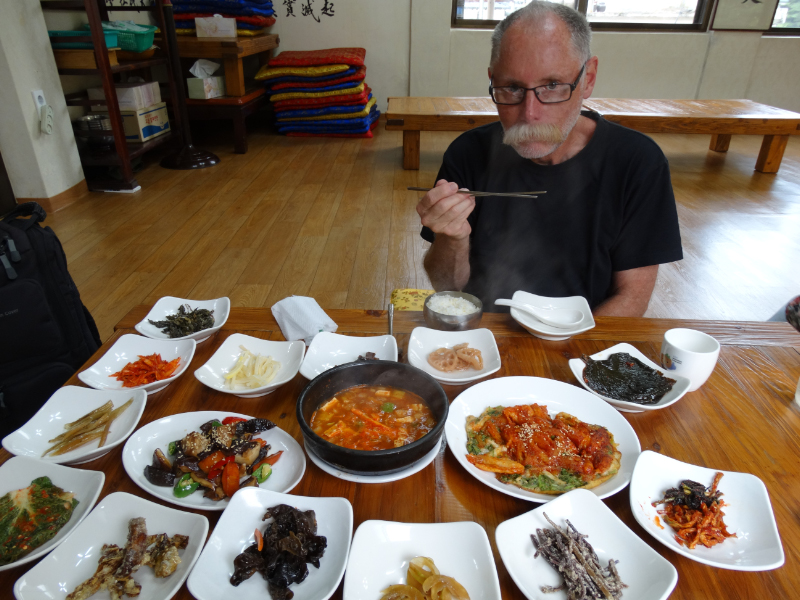Tuesday 1st October
It was a long drive to the Gaya mountain near Daegu to see the Haeinsa Temple, but for tourists wanting to understand Korea and the importance of Buddhism there and for Buddhists, it is a must see.
Set 400m above sea level in a beautiful mountain, the 1,200 year old temple is truly beautiful. It is a popular temple stay place, so if you would like to spend from 3pm to 9am living with the monks including eating with them and getting up at 3am to start the daily prayer ritual, this would be a wonderful place to come. We were happy with our 3 hour day time visit.
Temples are built on many levels and it is necessary to cross bridges and climb steps that symbolise your journey across oceans and through lands to reach the inner part of the temple.
Much to our guide John’s delight, the most important part of this temple was open for viewing for the Biennial International Art Festival. This is the Storage Hall of the Tripitaka Koreana, the world’s most ancient storage facilities where more than 80,000 wood blocks which systematically compile Buddhist Scriptures, Precepts and Discourses are stored. The blocks took 16 years to write and are beautifully and faultlessly carved with words and pictures.
Just the storage of the blocks is fascinating. The wooden blocks made of cherry tree or pine were cut to measure 68cm x 24.5cm and weigh about 3.2kg each. The wood was kept in water for three years then dried for a year to assist the preservation process. Each block has wooden ends attached to stop distortion and four metal plates to allow air to flow between them as they are stood up side by side.
The storage area was built on a foundation of layers of salt, charcoal, powdered lime and sand to prevent insects and animals intruding. The storage hall has windows made up of rows of wooden grills of different sizes which allowed air to flow around and between the blocks.
In 2011 the temple celebrated the one thousandth year since making the Tripitaka Haeinsa – and the blocks remain in excellent condition!
Our guide, John is a specialist in Buddhism and the history of the temples, so it was an enlightening tour. Using painted panels on the temples, John described the birth and life of Buddha and set all in context with the Korean beliefs. Amazing how a religion that originated in India has such an impact on Korea.
Because of the art festival, there were stalls with souvenirs and herbal medicines as well as food stalls in anticipation for the massive crowds that visit. By now I am starting to recognise a lot of the food, although still reluctant to try everything.
e_header.jpg)


